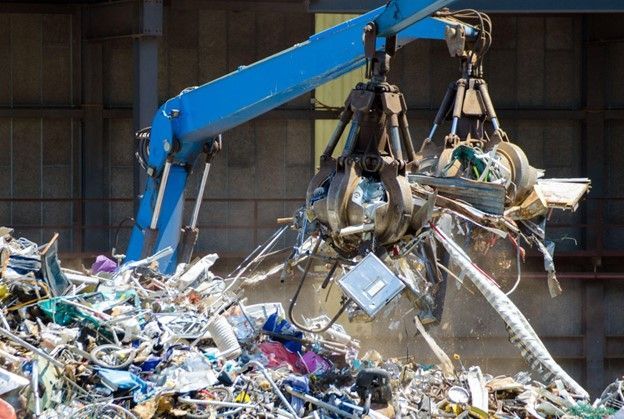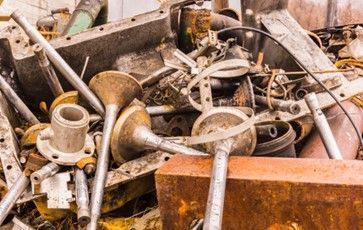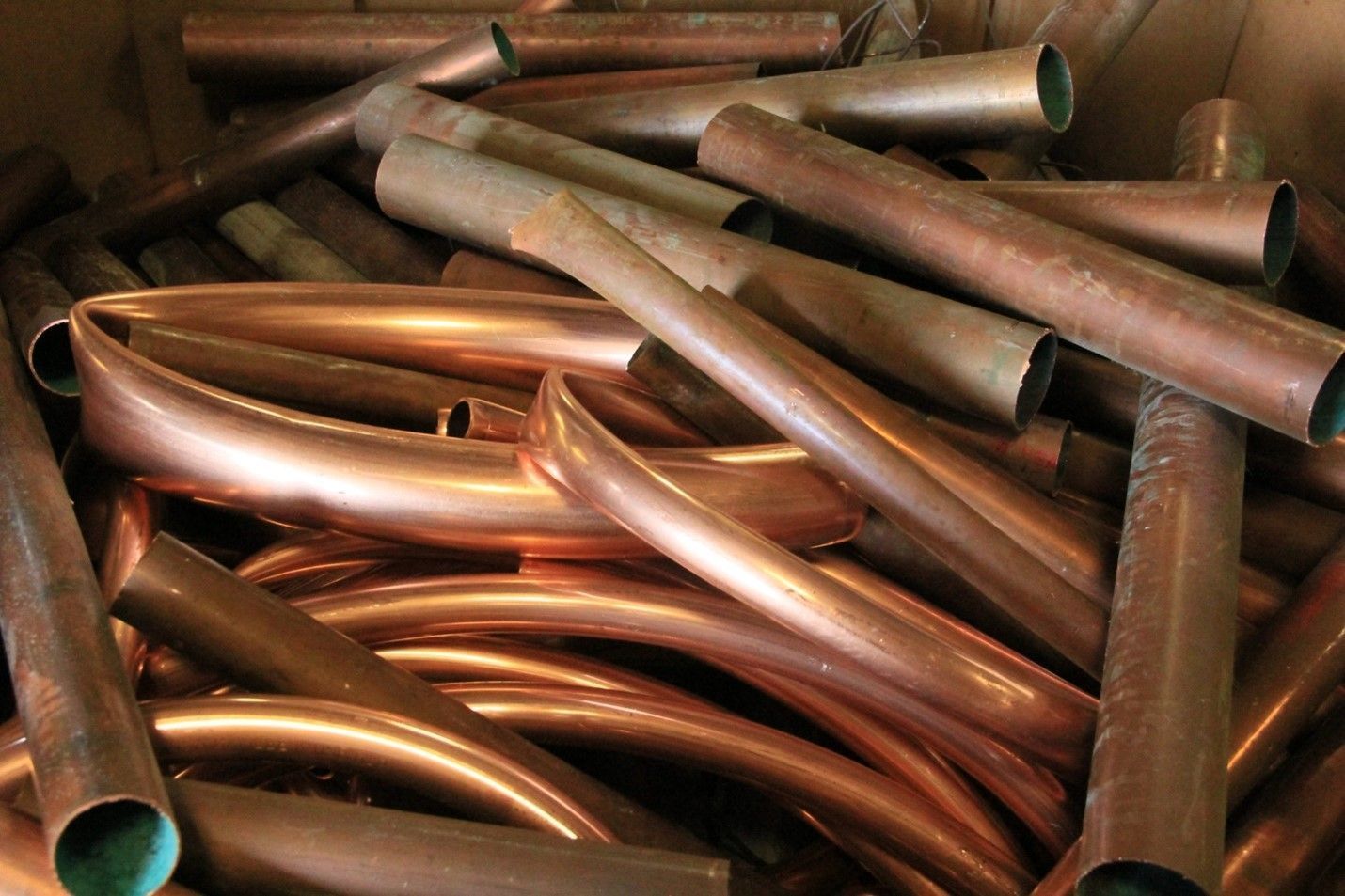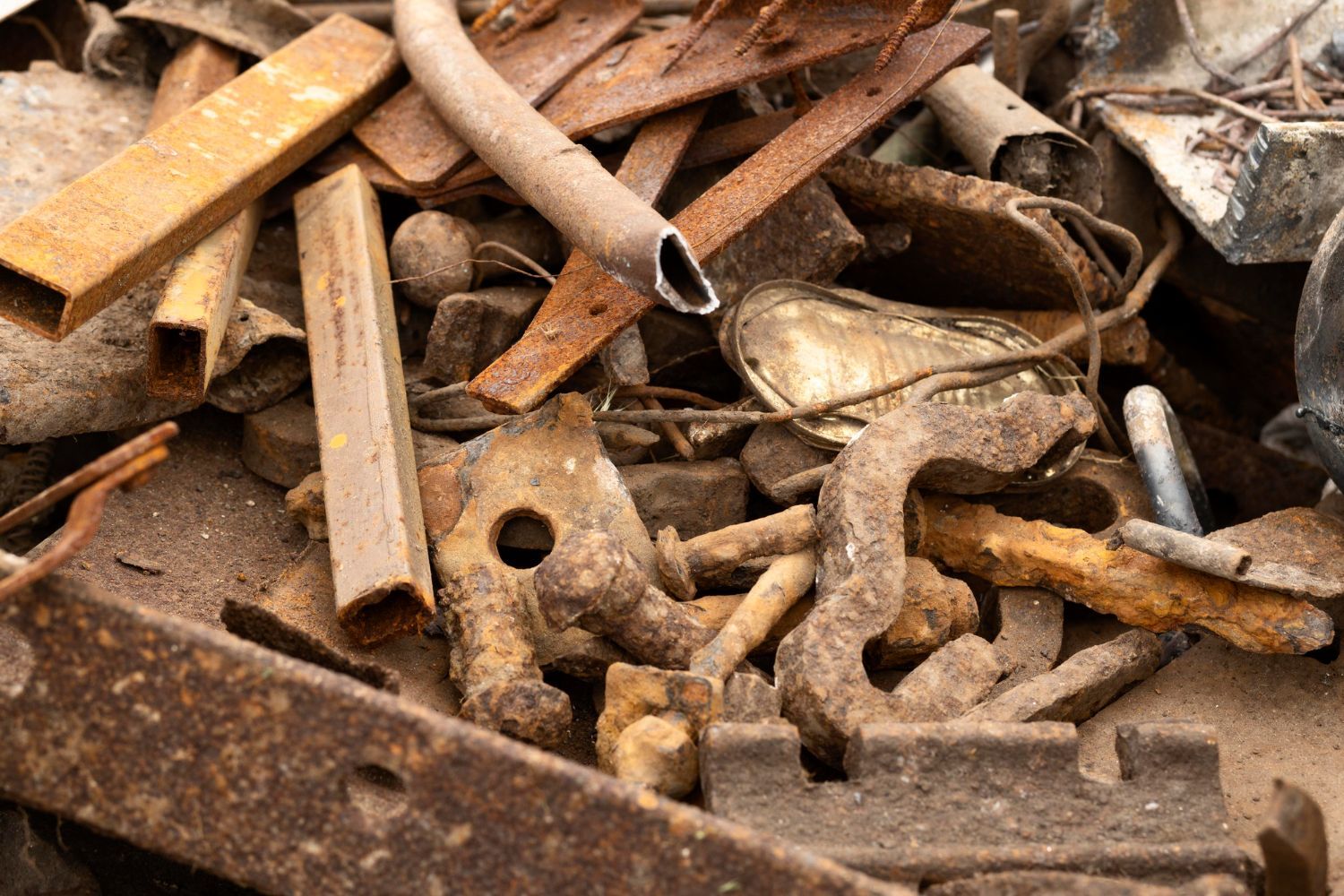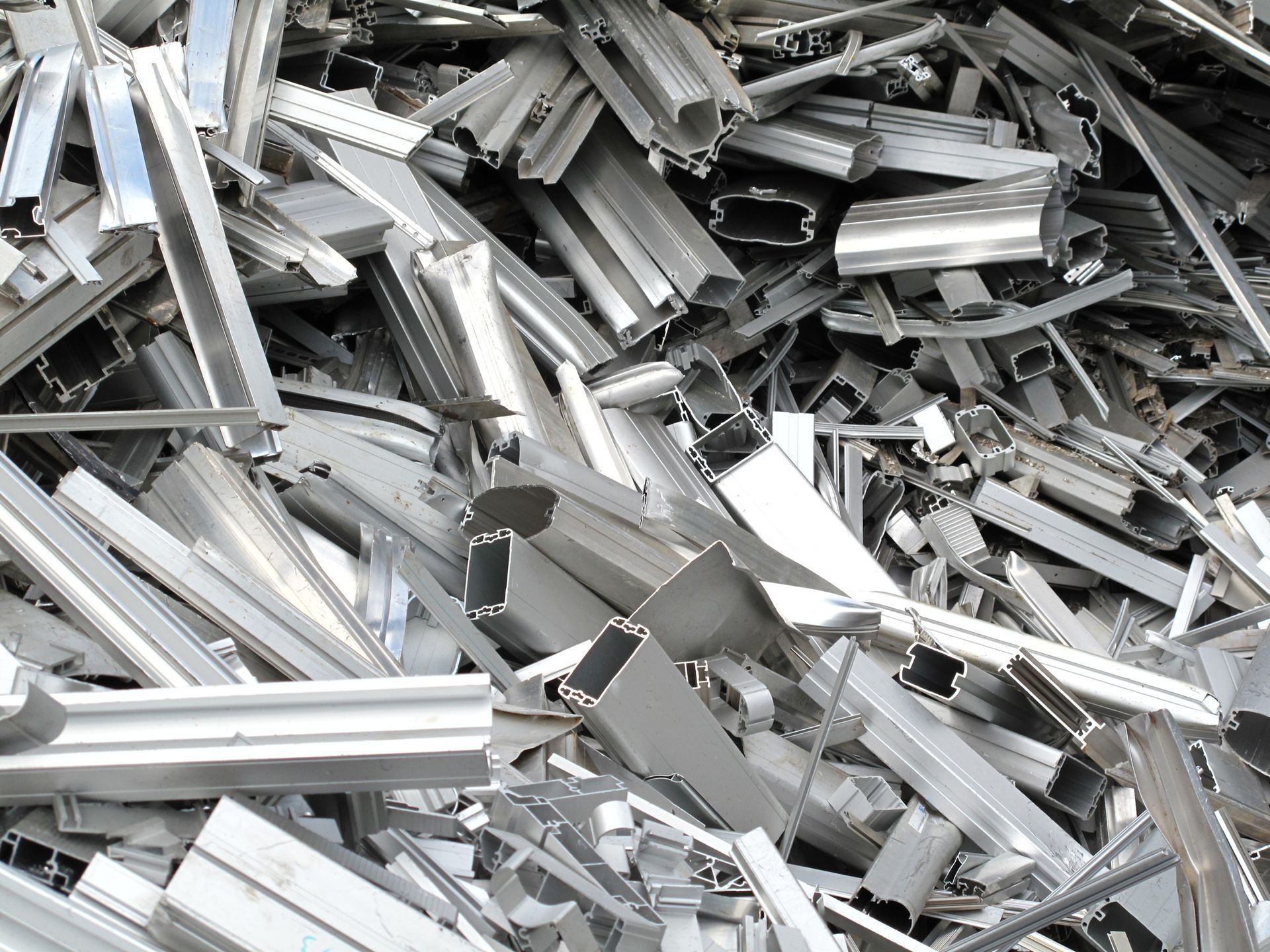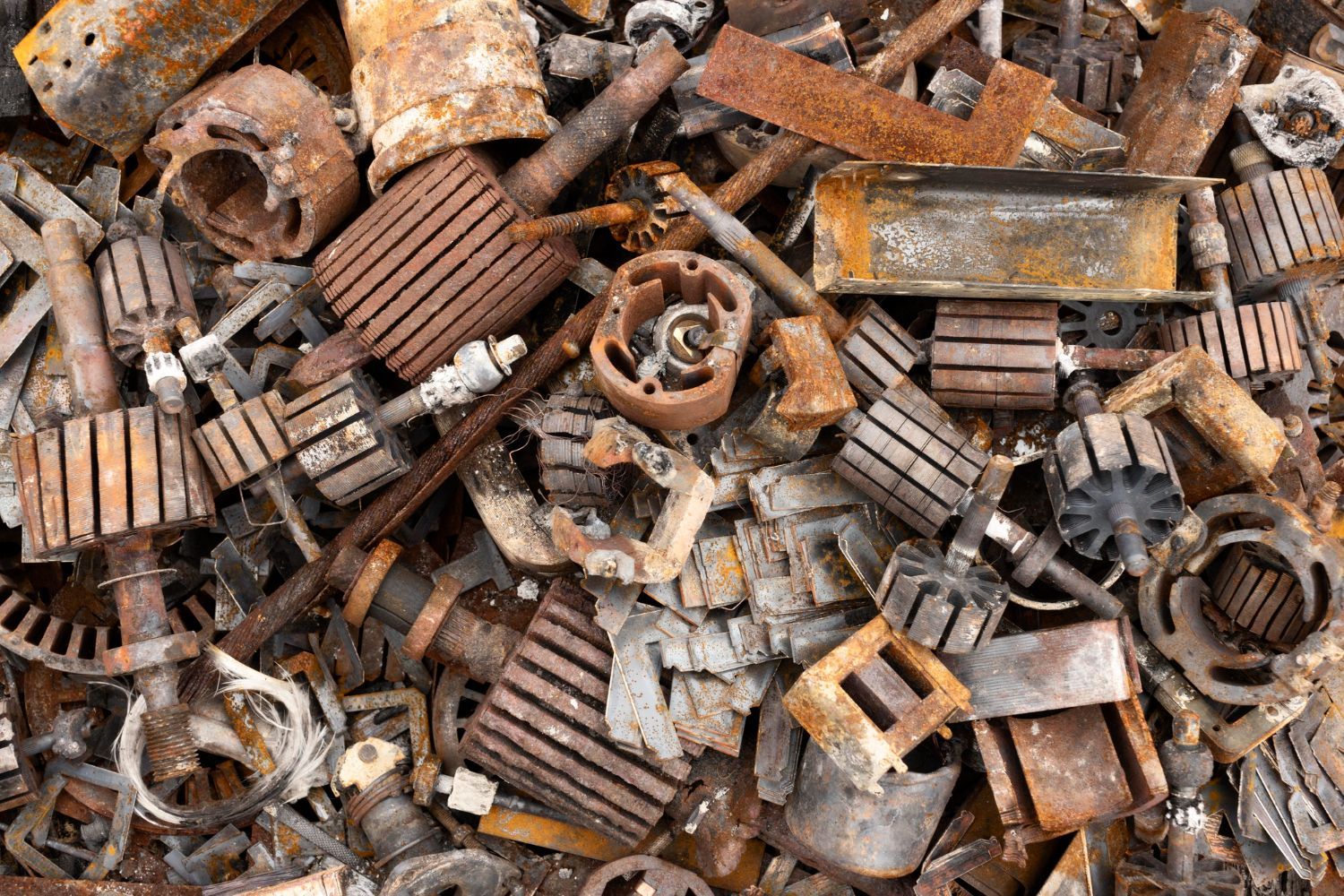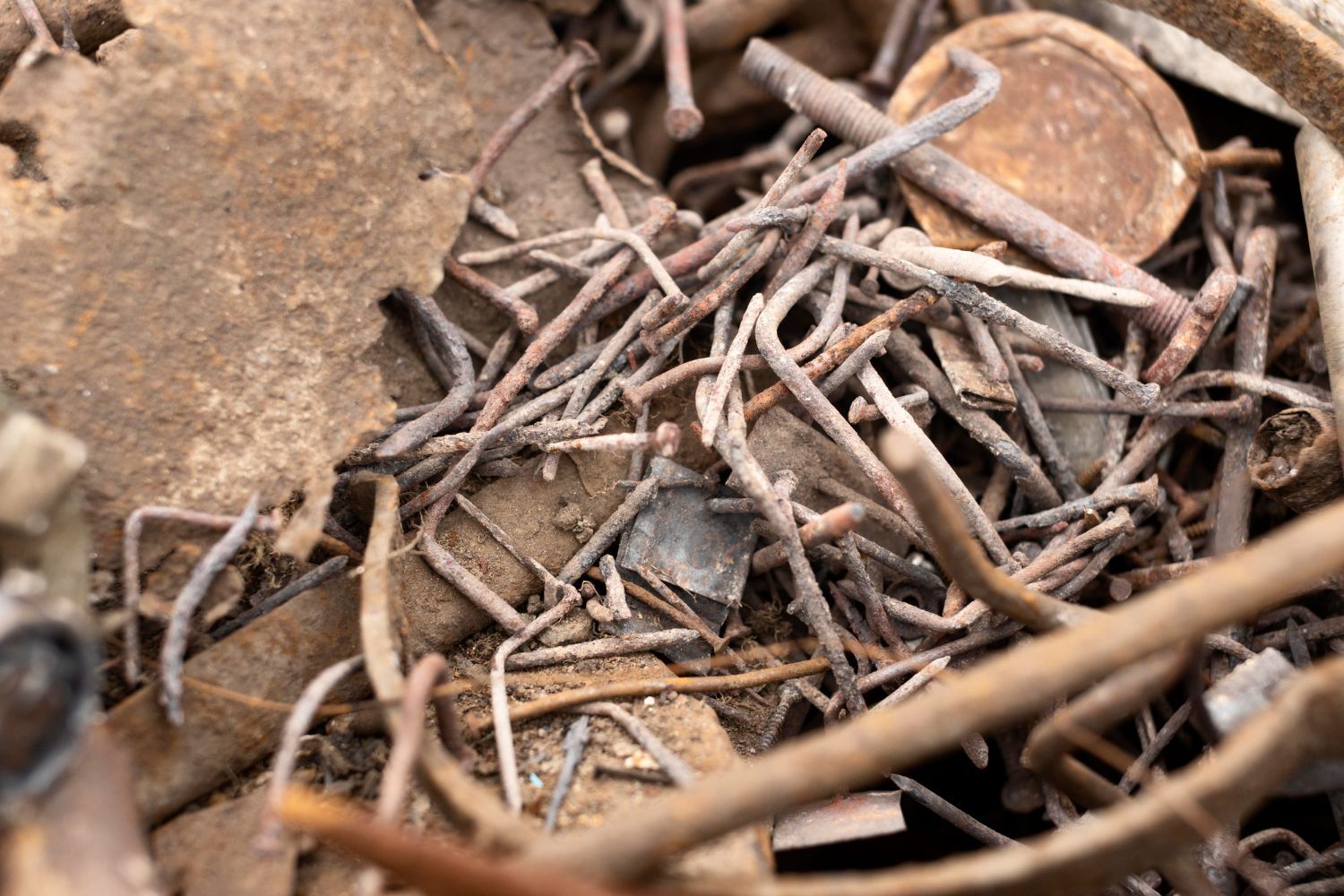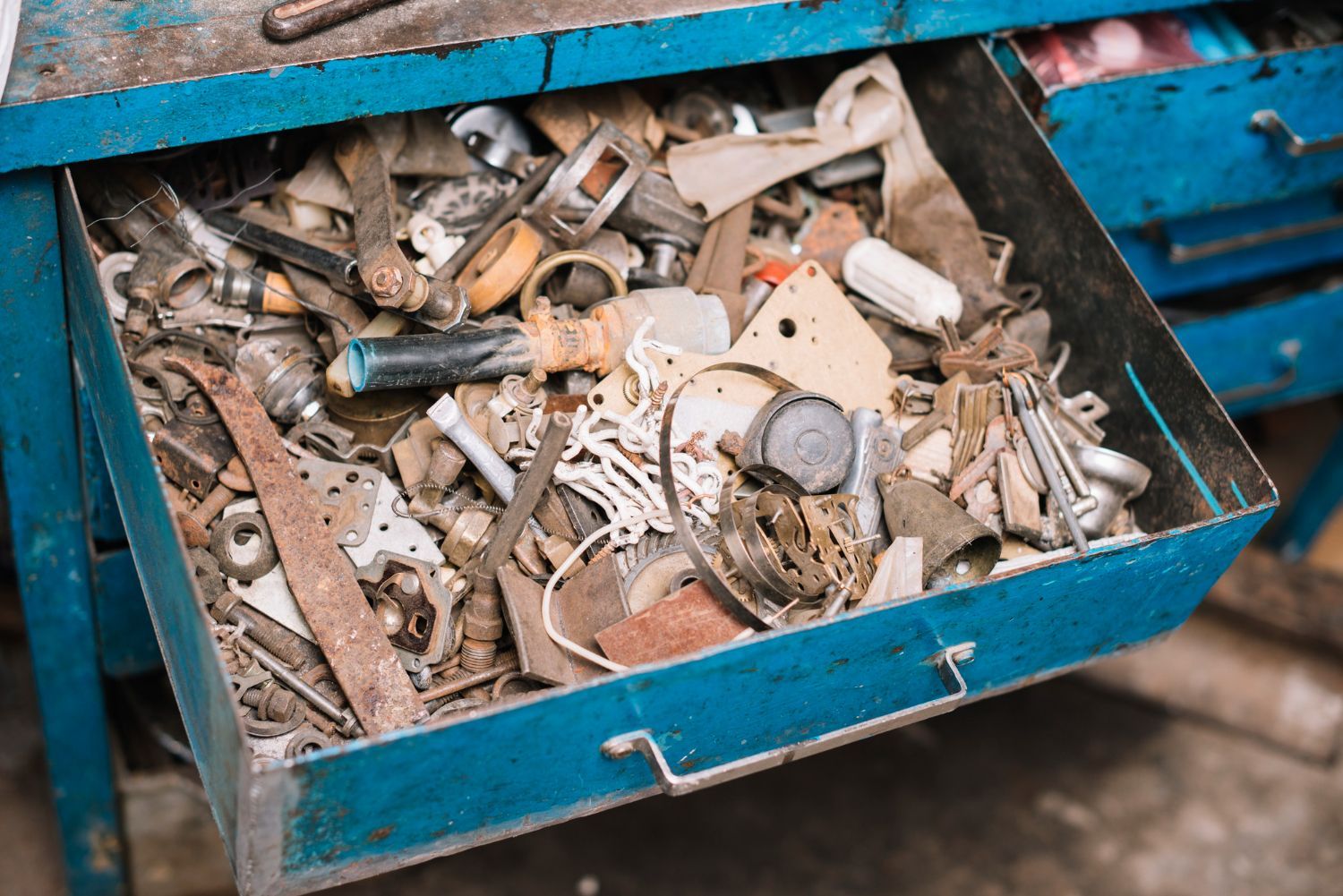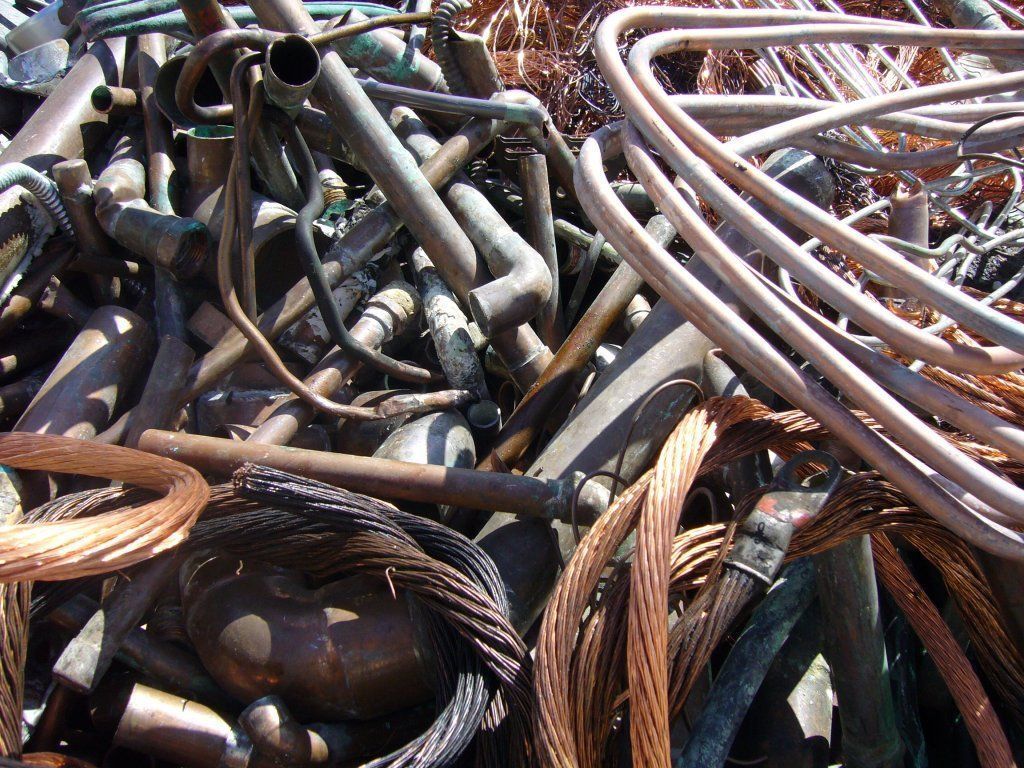Difference Between Nonferrous and Ferrous Metals
When working with metals, there are ferrous and non-ferrous metals. Each has different properties that make it more suitable for various purposes. When buying or selling scrap metal, the difference between ferrous and non-ferrous metals is important. Here are some of the qualities and examples of each metal type.
1. Nonferrous
Non-ferrous metals do not contain iron. Additionally, this metals are typically much more lightweight and malleable. This makes them ideal for use in projects that need strength but weight is an issue, such as with airplanes. Non-ferrous metals are also not magnetic which is ideal when working with electronics. These metals are also commonly used in projects that are exposed to moisture because the lack of iron makes them resistant to rust. Some examples of metals that are nonferrous include aluminum, copper, tin, zinc, gold and silver.
2. Ferrous
Ferrous metals tend to have qualities that are opposite of non-ferrous metals. They are strong, durable, heavy, magnetic and the presence of iron means they are prone to rust. Ferrous metals include steel, carbon steel, wrought iron and cast iron.
Ferrous metals tend to be more common, however aluminum is also extremely useful. For more information regarding the various types of metal, call Bruce Metal & Salvage.
